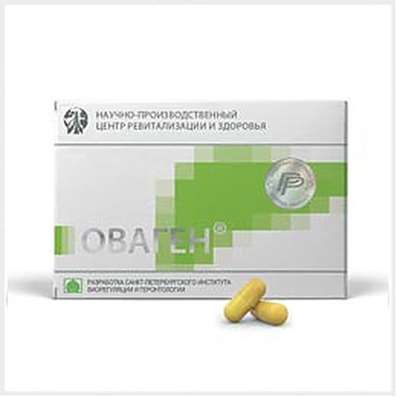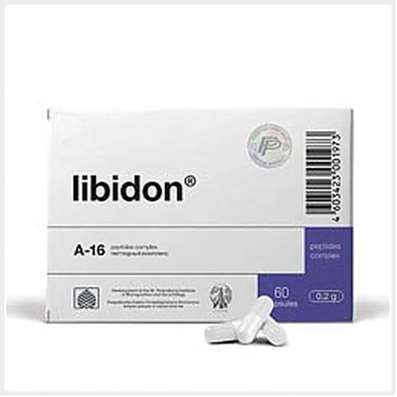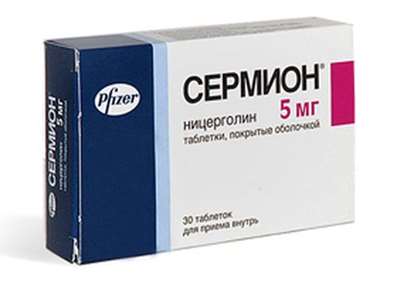Instruction for use: Silybi mariani fructuum extract (Extractum fructuum Sylibi mariani)
I want this, give me price
Characteristic
Silybum marianum L. is an herbaceous plant of the Asteraceae family. As a medicinal raw material used mature fruits - Fructus Silybi mariani. The fruit contains a group of flavonoid compounds designated as silymarin (Silimari). Three separate isomeric compounds have been isolated from silymarin — silibinin, silidianin, and silicristin — which have a phenylchromanone structure and have, to varying degrees, a hepatoprotective effect.
Pharmacology
Pharmacological action - hepatoprotective.
Interacts with free radicals in the liver and reduces their toxicity. Interrupting the process of lipid peroxidation, prevents further destruction of cellular structures. In damaged hepatocytes, it stimulates the synthesis of structural and functional proteins and phospholipids (due to specific stimulation of RNA polymerase A), stabilizes cell membranes, prevents the loss of cellular components and intracellular enzymes (transaminases), and accelerates the regeneration of liver cells. It inhibits the penetration into the cells of certain hepatotoxic substances (poisons of the toadstool fungus).
The absorption is low and slow (the period of semi-absorption is 2.2 h). Subjected to enterohepatic circulation. Metabolized in the liver by conjugation, T1 / 2 - 6 hours. Excretion - mainly with bile in the form of glucuronides and sulfates, to a small extent with urine. Does not accumulate. After repeated ingestion of 140 mg 3 times a day, a stable concentration is achieved.
It improves the general condition of patients with liver diseases, reduces subjective complaints, normalizes laboratory parameters (transaminase activity, gamma-glutamyltransferase, alkaline phosphatase, bilirubin level). Prolonged use significantly increases the survival rate of patients with cirrhosis of the liver.
Indications
Toxic damage to the liver (alcoholism, intoxication with halogen-containing hydrocarbons, heavy metal compounds, medicinal lesions of the liver) and their prevention. Chronic hepatitis, cirrhosis of the liver (as part of complex therapy). Conditions after infectious and toxic hepatitis, dystrophy and fatty infiltration of the liver. Correction of lipid metabolism.
Contraindications
Hypersensitivity.
Side effects
Diarrhea, allergic reactions.
Route of administration
Inside
special instructions
The solution for oral administration can be prescribed to patients with diabetes mellitus, because it does not contain dextrose.

 Cart
Cart





